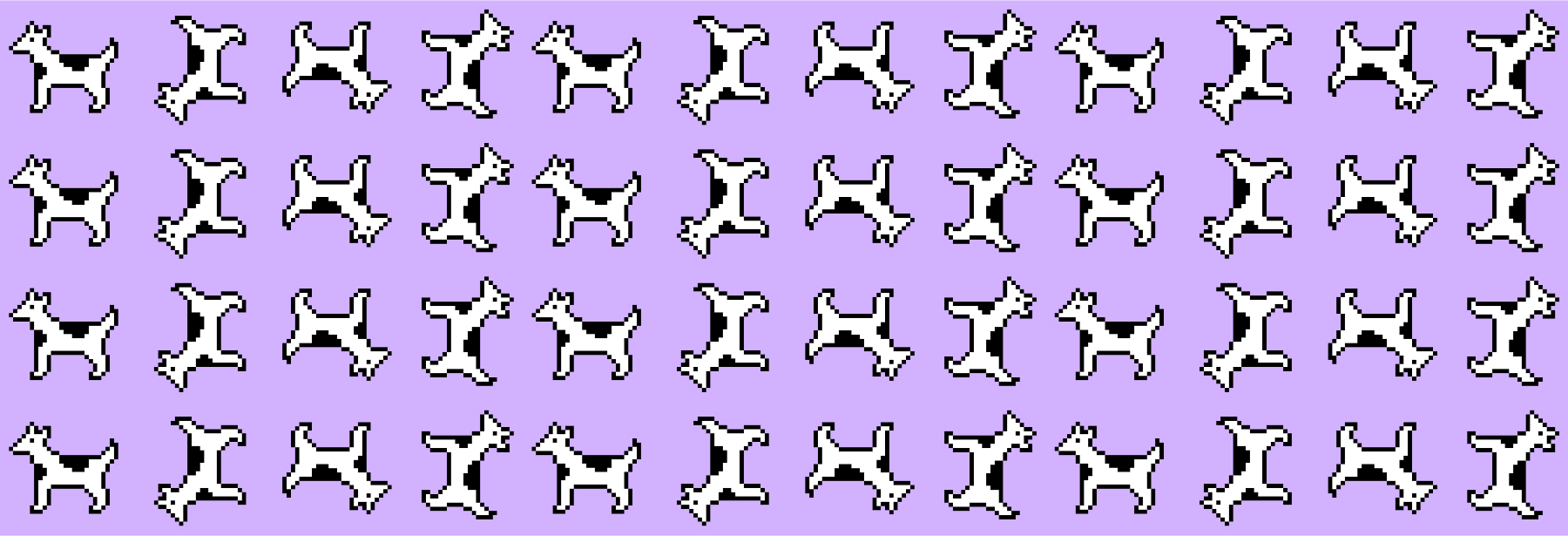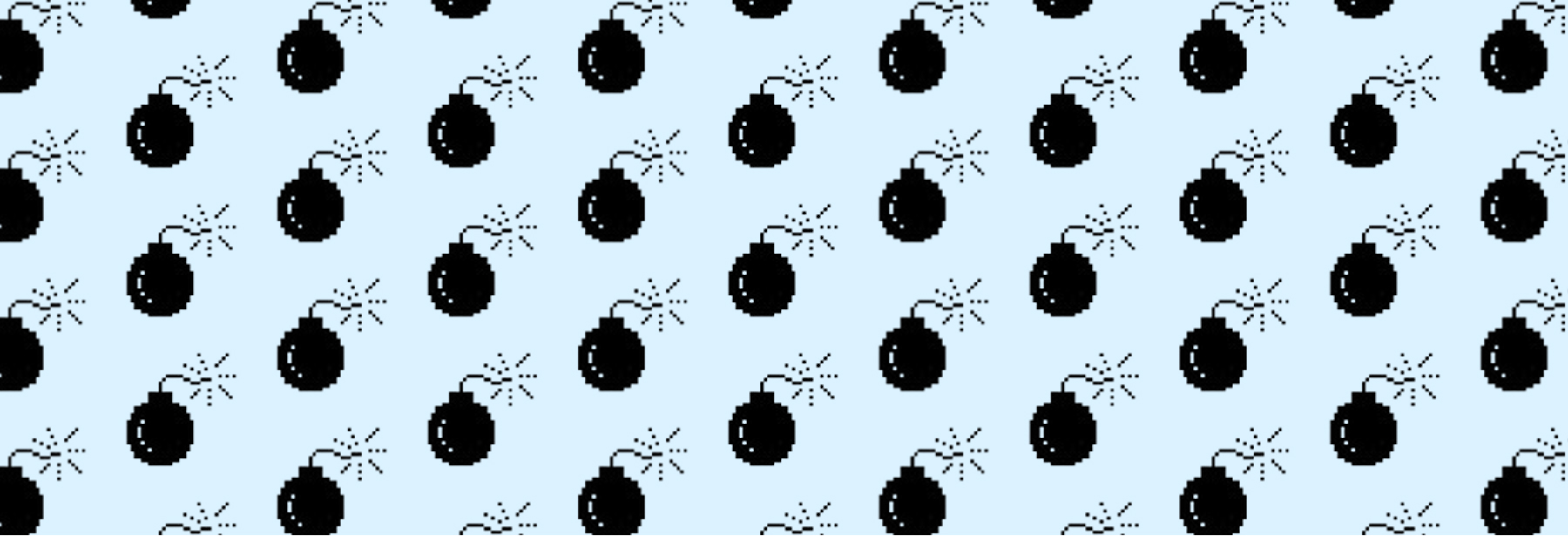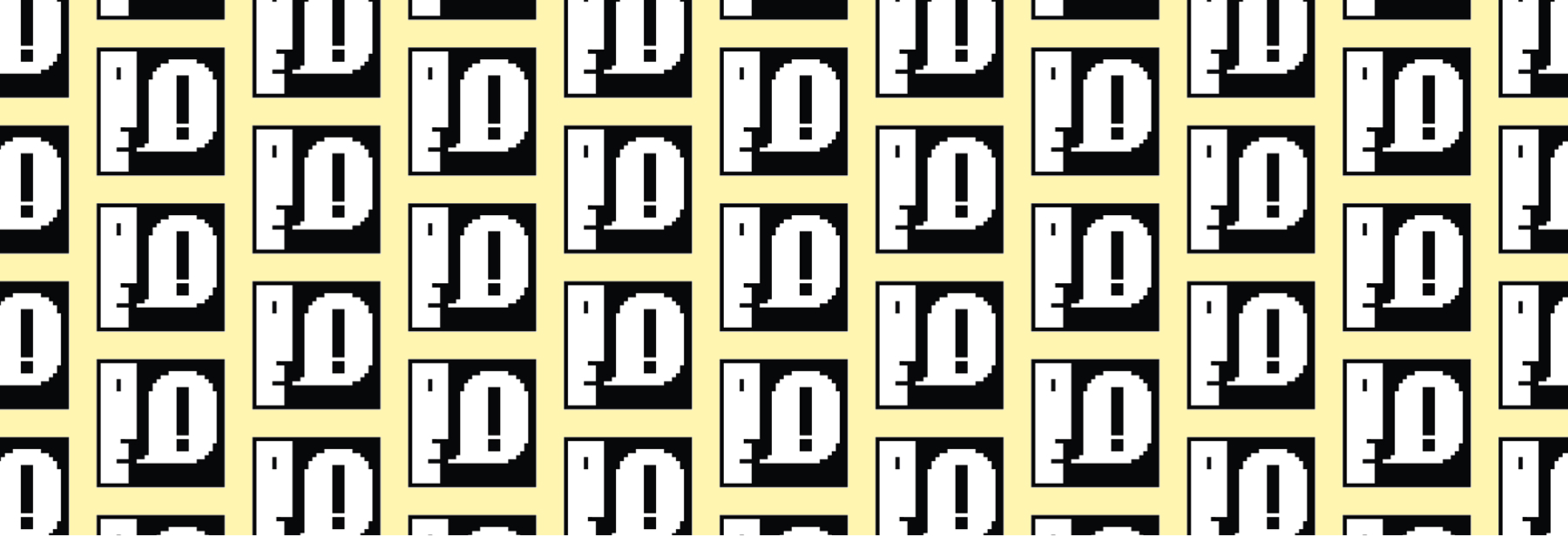Reigniting the spark of humanist software design
July 19, 2025
July 19, 2025

A while ago I watched this fireside chat with Jony Ive and Patrick Collision at Stripe Sessions.
Jony reflected on his experience as a college student, interacting with the original Macintosh for the first time. His feelings upon using the machine were exactly the same as mine: I need to pursue this same level of playfulness and care in my own work.
Of course, Jony went on to run design at Apple itself! But our similar early experiences reminded me of the reasons that I ended up in design in the first place. My interest had nothing to do with money, notoriety, or a specific technology. (If you cared about those things, becoming an artist or designer was a pretty stupid move.)
I was irrationally driven to create things that brought curiosity, joy, and utility to the world, like that early Mac. If I could help anyone feel how I felt when I first used that computer as a wide eyed 6-year old, then I would consider myself a phenomenal success as a creative person.
Many years later, I learned it’s not so hard to make a run of the mill product, but it's exceedingly difficult to make a great one. The secret art of great design is to put all of your enthusiasm, taste, and spirit into an object, such that it sparks an unspoken bond between yourself and the user. When they use the thing, they can feel your thoughtful consideration and care, because it vibrates out of every little detail. It's unmistakably obvious that you thought deeply about their experience using it.
In this way, you're not just making a product—you're making an emotional connection with people through that product. This is the ultimate pinnacle of the job, and it's tough as hell to get there.
It took me a long time to understand this. I’m not sure if I’ve ever truly achieved it, but that’s the root motivation that kept me going through a 25-year career working on creative tech. I still haven't grown tired of chasing it.
Over the last decade or so, it’s been getting more challenging to make things with that deep level of intention. It seems like the entire tech industry has been gradually eroding its soul (to the extent that it ever had one.) The incentives for building products today are inextricably tangled in matters of massive wealth, power, and growth—and all of those matters have been winning out for years.
Some of this is due to the taint of extreme capitalist influence in a market. When gobs of money pour into an industry, everyone's purity of motivation tends to fly out the window pretty quickly. Now you can either go tinker on a thoughtful thing in your garage, or you can earn generational wealth by doing some creepy AI stuff. It's not a big surprise that so many people choose the latter.
So that's one issue, but another problem is the way people build software and tech products today.

Creativity is like a fire. It's fragile and fickle, and it needs to be tended. It only burns brightly when the ingredients and conditions are just right.
To achieve soulful humanist design, you have to nurture that fire. You need quiet focus time to sit with a problem for a while. You need tons of practice and study to hone your craft. You need freedom and vulnerability to wander around and try 50 bad ideas, until the 51st good one materializes in an unexpected burst of inspiration. You need a strong eye for refining and distilling an idea down to its plainest essence.
You also have to care deeply about who you’re serving. Doing the right things for people has to be your guiding light above all else, and then you can build a respectful business around that.
And finally, you need the flexibility to be able to invent bold stuff. To try ideas that are totally unlike what’s come before. Your unique point of view and your values have to be baked into everything you create.
That’s how creativity works. But most modern software companies run in almost direct opposition to these points.
Need some focus time to explore? Good luck. There’s a constant stream of emails, chat messages, notifications, and meetings chipping your attention into tiny little slivers between obligations. Maybe you can get some creative time after work.
Want to care about customers? Cool, but how does that connect to our key business outcomes? How much recurring revenue will that deliver? What metrics can we swing upwards to beat our estimates? Maybe we can A/B test how much we need to care about people.
You wanted to be bold and inventive? Well, it needs to fit into our existing design patterns, so please be less inventive. And the bold stuff is hard to build, so please be less bold. Also, we didn’t have boldness and invention in the PRD for this project, so it’s out of scope right now. Since we have a launch deadline coming up soon, can we just try an MVP of this? Actually, let’s schedule a sync meeting to align on our objectives again. We can squeeze it in over your focus time.
The means of making software have turned into something of a production factory environment. We’ve piled a mess of constraints, guardrails, rules, tactics, and sprints on to the whole process. Creativity often happens around the edges, rather than being the core engine and purpose of the company.
This factory approach has an upside: it enables massive companies to operate at massive scales, so now the quantity and complexity of software getting built is basically infinite.
But how much of that software is actually good, and how much of it is crap? Every day we have more software that does more, but so much of it feels overoptimized, overcomplicated, underbaked, underconsidered, enshittified. Like it all exists for the sake of a balance sheet instead of any actual person using it.

So what's the remedy for this? I think it's twofold:
Someone running the company has to care passionately about high quality design—and they have to constantly prioritize that as a core aspect of how the company works. As a company scales, the quality of the work tends to go out the window, because care for great products gets overrun by organizational bureaucracy. That means the people in charge have to actively defend against this tendency, and regularly stamp it out whenever it creeps its way into the creative process.
Creators should be empowered and encouraged to deliver thoughtful, well-crafted work. A high bar for excellence has to be the default expectation for everyone. Empowering people means giving them more free space, reducing friction in making decisions, and blending boundaries between roles—ensuring everyone has the freedom to explore and build things they're excited about.
Earlier in this post I made some snarky references to AI slop. I'm uncomfortable with the ethically dubious practices that have powered the AI boom, and I feel conflicted in embracing it.
Those (major) concerns aside, I'm cautiously optimistic that AI tech could improve our ability to create more things with deep consideration and care.
I realize this sounds strange. How could more automation result in more humanist design?
The answer is that technical contraints have always been the biggest barrier preventing people from realizing their best ideas, and AI is starting to help overcome those constraints.
I became more convinced during development of the new Hello Weather. There's not a single drop of AI in the product itself, but over the last year, we increasingly used AI code assistance to help solve problems that would have taken weeks or months to achieve on our own. In some cases we wouldn't have solved them at all.
Instead, we could go further and build something of higher quality, because we had help accelerating that process. And we did this with a tiny team under challenging time pressures.
If you harness these new tools in the right way, you become superpowered, and previously impossible things become possible. Then you can spend more time sweating the details on what really matters, and produce better work in the end. Your job doesn't go away—it gets even more effective.
In time, this could also serve as a counterweight to the organizational morass of enterprise scale companies, and give smaller teams more leverage to compete with big established products.
The key is that AI is not going to be the arbiter of taste and precision. It's not going to decide what's right for your ideas. It's not going to care about human perception or joy or humor. It's not going to understand your unique point of view and philosophy. It's not going to know how people feel in their bones when they use what you created.
That's the stuff that really matters. And it's all still up to us.
We don't have to settle for enshittified overoptimized slop. We can push against that by creating the antidotes.
It's up to us to design the world that we want to exist.
Want to get new posts by email?
Subscribe to my newsletter: